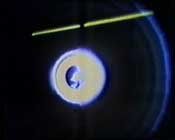 |
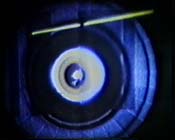 |
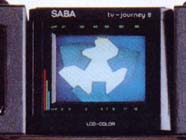 |
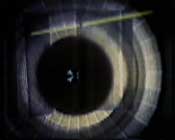 |
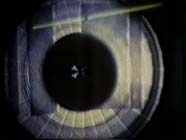 |
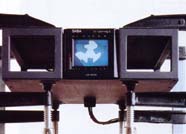 |
|
|
 |
 |
|
|
|
|
|
|
||
|
|
Helmut RAINER | |
|
|
||
|
E. Zyklop 1 (E. Cyclops 1) has a cold, flat exterior. The body consisting of four slats layered with sheet zinc is held together by six clamp screws. In this case, Rainer developed a module construction method that permits one at any time, on the one hand, to quasi look through the Cyclops and on the other hand, that is to say, observed from "the back or the front," conveys a massive body before it. |
|
Exhibitions |
Helmut Rainer, 1990 |
|
Blau-Gelbe Galerie, NÖ Landesgalerie, Wien, Austria |
|
|
|
|
|
Im Licht des Monitors, 1990 |
|
|
Galerie "Zur Glocke", Prag, Tschechien |
|
|
Künstlerhaus Graz, Graz (ST), Austria |
|
|
Kunstverein Horn, Horn (NÖ), Austria |
|
|
|
|
|
Dissipative Inszenationen, 1991 |
|
|
Museum Moderner Kunst, Wien, Austria |
|
|
|
|
|
Helmut Rainer. E. Zyklopen, 1991 |
|
|
Tiroler Landesmuseum Ferdinandeum, Innsbruck (T), Austria |
|
|
|
|
|
Objekt versus Raum. Zeitgenössische Bildhauerei aus Österreich, 1992 |
|
|
Centro Cultural Tecla Sala, L´Hospitalet, Barcelona, Spain |
|
|
Galerie Gerald Piltzer, Paris, France |
|
|
Museion - Museum für moderne Kunst, Bolzano, Italy |
|
|
Tallin Art Hall, Tallin, Estonia |
|
|
Villa Merkel, Esslingen, Germany |
|
|
|
|
|
Vienne 93, 1993 |
|
|
Centre Cultural Tecla Sala, Barcelona, Spain |
|
|
Galerie Gerald Piltzer, Paris, France |
|
|
|
|
|
Kunst aus Österreich 1896-1996, 1996 |
|
|
Kunst- und Ausstellungshalle der Bundesrepublik, Bonn, Germany |
|
|
|
|
|
Specifications |
30sec no sound color PAL |
|
Technical protocol |
Animation C64 (Commodore), 3-chip camera (Sony) (recording), Super 8 Material (color) copied upon U-Matic Lowband; analog editing system U-Matic Lowband; U-Matic Lowband (Master). |
|
A channel sculpture: A sheet metal module with colorless paint, integrated LCD (Liquid Crystal Display), 6 metal screw clamps, a player (VHS), loading capacity 27x21x180. |
|
|
Production |
Helmut Rainer |
|
Edition |
Sammlung des Niederösterreichischen Landesmuseums, St. Pölten |
|
Copyright |
Helmut Rainer |
|
Copy to see |
Medienkustarchiv Wien; Museum für Moderne Kunst Stiftung Ludwig, Wien; Niederösterreichisches Landesmuseum, St. Pölten |



|